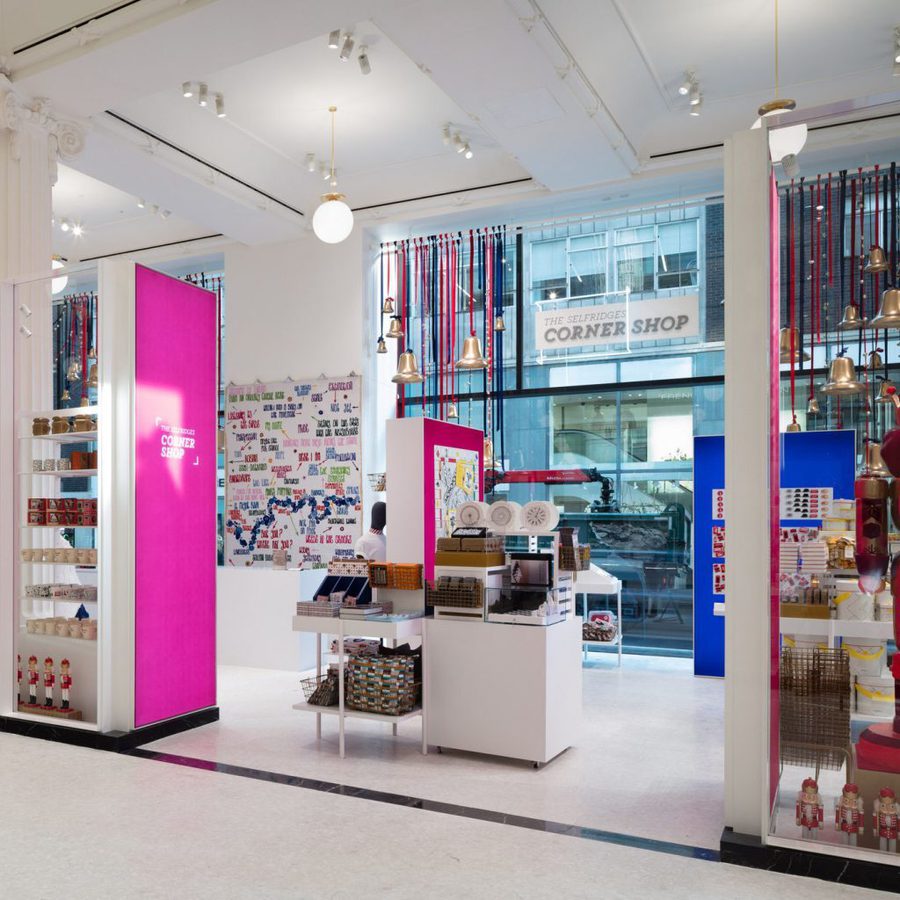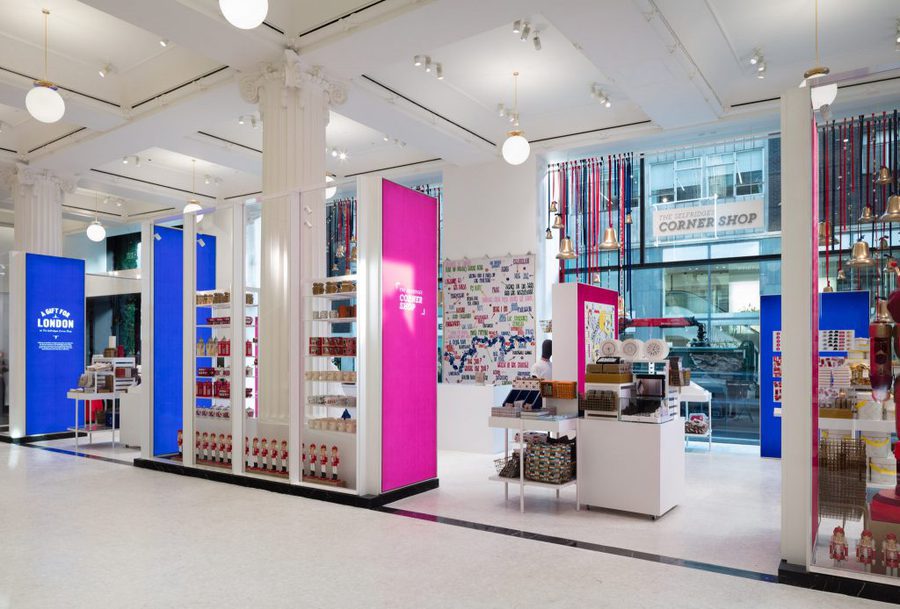Department store futures: the offer
As part of his exploration of department stores, David Dalziel considers the offer. We’ve seen it (and shopped it) all before, so how do we keep it fresh?


As part of his exploration of department stores, David Dalziel considers the offer. We’ve seen it (and shopped it) all before, so how do we keep it fresh?


The fashion credentials of Zara, the value of Primark, the bravado of H&M and their brand portfolio, all of these mass brands are challenging the relevance of the department store offer.
It’s not just in fashion, but in all categories, brands such as Made, Dyson and Casper are going direct to consumers with authority, confidence and a very commercial proposition. And, after years of restraint, super-premium brands are more expressive than ever, reaching out to their customer with all manner of media and activation, not restricted by regular retail channels, whilst their immersive, tech-enhanced brand boutiques behave more as lifestyle hangouts than retail showrooms.
All of these advances make the department store retail model feel very static and restrictive. Being a landlord for a fragmented house of brands, dominated by concessions, leaves customers questioning the role of the host. The question of the ‘house of brands’ vs the ‘branded house’ has never been more relevant. The department store needs a distinctive point of view and a reason to exist in the minds of consumers. Customers are left underwhelmed by the department store offer, limited ranges and repetitive stock. As brands focus on direct-to-consumer flagships, experiences and enhanced online channels, a compromised range on a couple of racks in a department store can feel very limited.
In a shopping centre of over two hundred stores, a department store anchor can feel like a very shallow offering. With the convenience of having everything under one roof no longer a sufficient draw and brands offering far more extensive ranges in their own stores, how can we expect the customer to be loyal to the ‘host’ over the brand?

At the moment there are simply too many shops and too many channels to sustain the retail market. Here’s an opportunity for department stores to build upon what they do best and be the discerning editor – the savvy friend who introduces the customer to something they didn’t even know they wanted. With insightful and creative buying, the department store can bring a compelling balance of guarantee and risk to the shop floor. However it’s not just what they sell but how they sell it, the way the offer is positioned must keep pace with the way customers want to shop.
Creating appropriate spaces for such a responsive offer is the next challenge for the department store. With the luxury of space, department stores can afford to be more flexible and agile with their formats, with room to trial, learn from, and react to, new concepts at speed. This pop-up like approach would allow department stores to better respond to consumer shopping habits and retail culture positioning them as leaders, rather than followers. The biggest expense and waste is created when fixed concepts become redundant, this agile space could be re-fitted at minimal cost whilst still delivering maximum impact. Surprise, invention and expression should be the ambition of any new retail fit for the future.
In order to master all of the above, department stores need to know who they are and define an ownable personality and purpose that infiltrates everything they do. A great way to emphasise this is by developing an own brand range that compliments yet challenges the external buy. John Lewis for instance, is investing in own brand at this time to maximise profit, embody their unique selling points but also connect more directly with its customers who trust them implicitly to give them what they want. However, it could also mean cultivating a distinctive lens on the guest brands like Selfridges has. Consumers know they can visit Selfridges for must-have exclusives, inventive pop-ups and a calendar of exhibition-like retail events that reflecting the zeitgeist.
Complimentary services are playing a growing role in the offer within a department store, we’ve seen the rise of in-house hospitality, providing a reason to dwell, a service for loyal visitors, but that growth is only the tip of the iceberg. Department stores need to think of their brand as a service provider but be shrewd about which services truly align with their personality – do not be afraid to dismiss the services that don’t. It’s not good enough anymore to simply trade a store like an open stockroom, customer expectations have surpassed that phase – department stores need to do what Amazon can’t!
Introduction to department store futures
The customer – The customer no longer shops in the way department stores sell. What needs to change?
The experience – Where’s the added value? How can department store be more than just a shop?
If you’d like to talk further about anything discussed in this article, please don’t hesitate to email c.bacconi@dalziel-pow.com.

The first ever SXSW London took over Shoreditch this month, offering a wealth of inspiration and insights across tech, business and culture. We share our thinking into how it can return even bigger and better for 2026.

